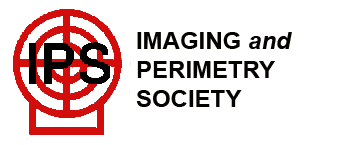 |
|
|
|
History of the visual field before perimetryThe first record of a visual field defect is found in Hippocrates description of a hemianopia from the late fifth century B.C. Ptolemy (150 B.C.) first attempted to quantify the visual field and noted its circular form. According to Lloyd, Galen was the first physician "to record a recognition of Extramacular fields." He suggests the first illustration of the visual field was published in an article by Ulmus of Padua in 1602.
Purkinje in 1825 refined Young’s work and noted the lateral limits to be 100 degrees, the nasal 60 degrees, upper 60 degrees and lower 80 degrees. Boerhaave is credited with describing scotomas in 1708. He was followed in 1817 by Joesph Georg Beer of Vienna who used terms such as ‘central scotoma’ and ‘paracentral scotomata’, ‘concentric contraction of the visual field’, and ‘half field loss’; in 1842, Karl Himley of Göttingen wrote of ‘amaurosis periphica’ as opposed to ‘amaurosis centralis’; and Desmarres, in 1847, in Paris, described a characteristic loss of the upper field in retinal detachment. So the field loss could be mapped and was being mapped in a rough way before von Graefe, but until Helmholtz’ Augenspiegel, there was no visible proof of a retinal lesion to match the scotoma.
continue to The introduction of perimetry into medicine: von Graefe and the campimeter 1856 back to Table of Contents
Copyright 2008. Imaging and Perimetry Society |